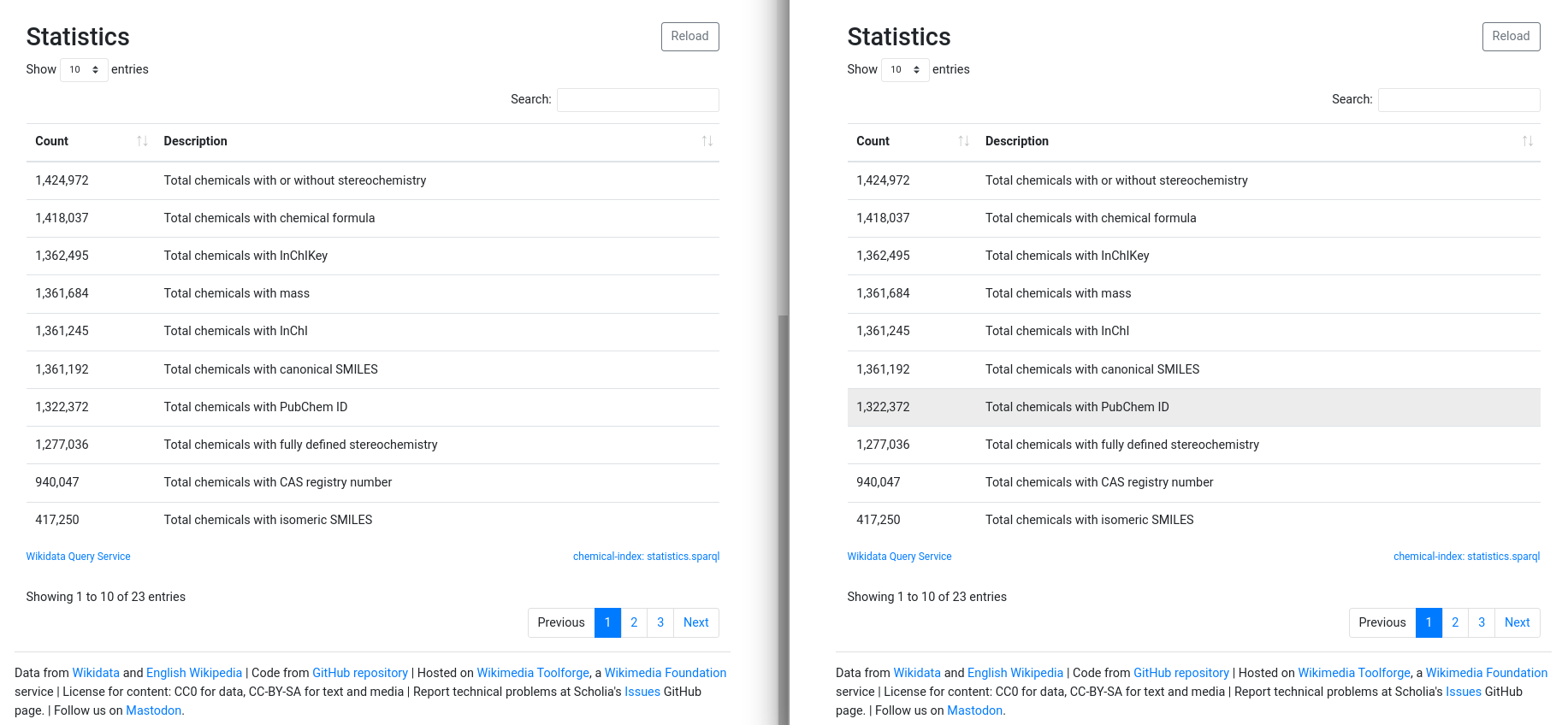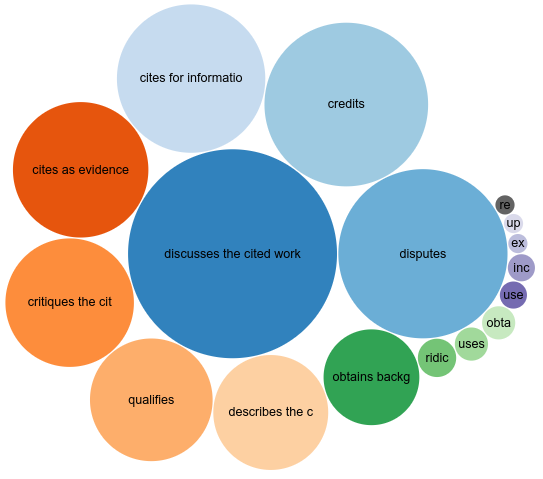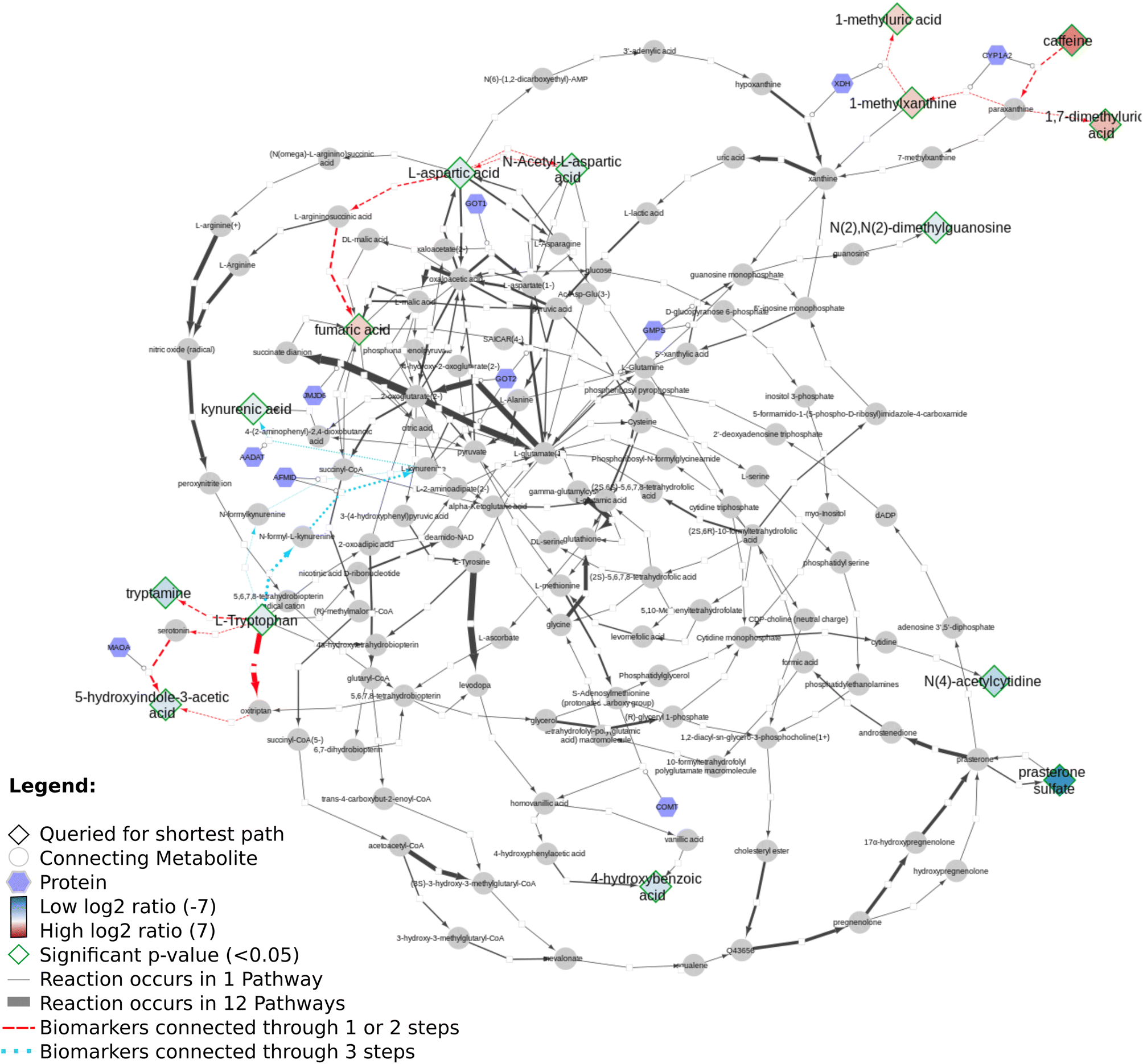
Division 1 of our Institute of Nutrition and Translational Research in Metabolism (NUTRIM) held a meeting last week which had a panel discussion on the use of patents to bring research to the market, aimed at PhD candidates of the institute. Patents are one of the routes to make research output more sustainable. For example, the research output into a new method to study something or make something often needs the development into a product.







